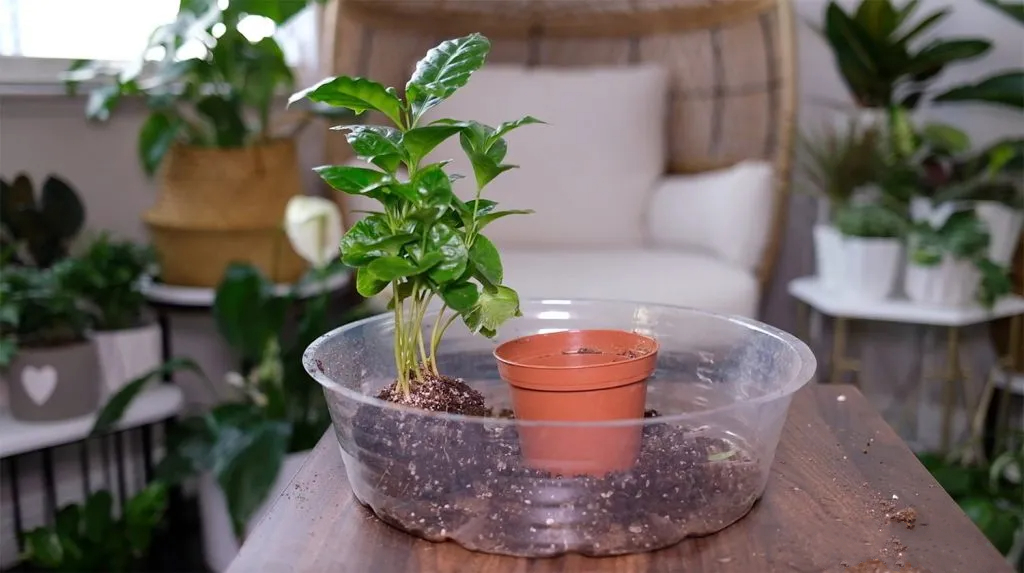Dog owners often seek ways to enhance their living spaces with indoor plants. While greenery can indeed elevate the aesthetics of your home, there’s a hidden danger lurking in one common choice – snake plants. These attractive and low-maintenance houseplants can pose risks to our four-legged companions. In this article, we will delve into the world of snake plants, shedding light on their dangers, and providing valuable insights on how to ensure your dog’s safety.
Introduction: The Appeal of Snake Plants
Snake plants, scientifically known as Sansevieria, have become a popular choice among plant enthusiasts due to their striking appearance and air-purifying qualities. Their long, upright leaves with variegated patterns add an elegant touch to any room, making them an attractive addition to homes. However, what many dog owners may not realize is that these seemingly harmless plants can pose serious health risks to their pets.
The Toxic Components: Saponins and Asparagine
Snake plants contain naturally occurring compounds known as saponins and asparagine, which, while harmless to humans, can be toxic to dogs. These substances are concentrated in the plant’s leaves, particularly in the outer layers, making them the most dangerous part for your furry friend.
Understanding Saponins
Saponins are glycosides that have detergent-like properties. In snake plants, they serve as a defense mechanism against herbivores. When a dog chews on or ingests snake plant leaves, these saponins can lead to gastrointestinal upset, including symptoms like drooling, vomiting, and diarrhea.
The Role of Asparagine
Asparagine is an amino acid found in snake plants. When consumed by dogs, it can have a depressant effect on their nervous system, leading to symptoms such as lethargy and loss of coordination. In severe cases, it can even cause seizures.
Recognizing the Symptoms
To protect your dog from the hidden dangers of snake plants, it’s essential to recognize the symptoms of toxicity. These can vary depending on the amount ingested and the dog’s size, but common signs include:
- Vomiting
- Diarrhea
- Drooling
- Lethargy
- Loss of appetite
- Gastrointestinal distress
If you suspect your dog has ingested any part of a snake plant and exhibits these symptoms, contact your veterinarian immediately.

Keeping Your Dog Safe
As a responsible dog owner, you can still enjoy the beauty of snake plants in your home while keeping your pet safe. Here are some precautions to take:
1. Elevated Placement
Place your snake plants in areas that are out of your dog’s reach. Use high shelves or hanging planters to deter your curious canine from snacking on the leaves.
2. Training and Supervision
Teach your dog the “leave it” command to prevent them from nibbling on plants. Always supervise your dog when introducing new greenery into your home.
3. Barrier Methods
Create physical barriers around your plants using baby gates or decorative fencing. This adds an extra layer of protection, especially if you have a particularly curious or mischievous dog.
4. Choose Pet-Friendly Alternatives
Consider adding non-toxic houseplants to your collection, such as spider plants, Boston ferns, or pet grass. These options provide a safer environment for your dog to explore.
FAQs
Q: Can snake plants be toxic to cats as well?
A: Yes, snake plants can also be toxic to cats. They should be kept out of reach of all pets.
Q: Are there any safe parts of a snake plant that my dog can chew on?
A: It’s best to discourage your dog from chewing on any part of the snake plant to avoid potential health issues.
Q: What should I do if my dog ingests a snake plant?
A: Contact your veterinarian immediately if you suspect your dog has consumed any part of a snake plant. They will provide guidance based on your dog’s specific situation.
Q: Are there any health benefits to having snake plants in my home?
A: Snake plants are known for their air-purifying properties, which can improve indoor air quality. However, there are safer alternatives if you have pets.
Q: Can snake plants cause long-term health issues in dogs?
A: While most cases of snake plant toxicity in dogs result in mild symptoms, severe ingestion can lead to more serious complications. Early intervention is crucial to prevent long-term issues.
Q: Are there any snake plant varieties that are less toxic to pets?
A: While some snake plant varieties may have slightly lower levels of toxins, it’s best to err on the side of caution and keep all snake plants out of reach of pets.

Conclusion
In the quest to create a beautiful and harmonious home environment, it’s vital for dog owners to be aware of the hidden dangers of snake plants. By taking precautionary measures and ensuring your furry friend’s safety, you can enjoy the benefits of indoor greenery without risking their health. Remember, responsible pet ownership includes creating a safe haven for your beloved dog, free from potential hazards like toxic houseplants.




